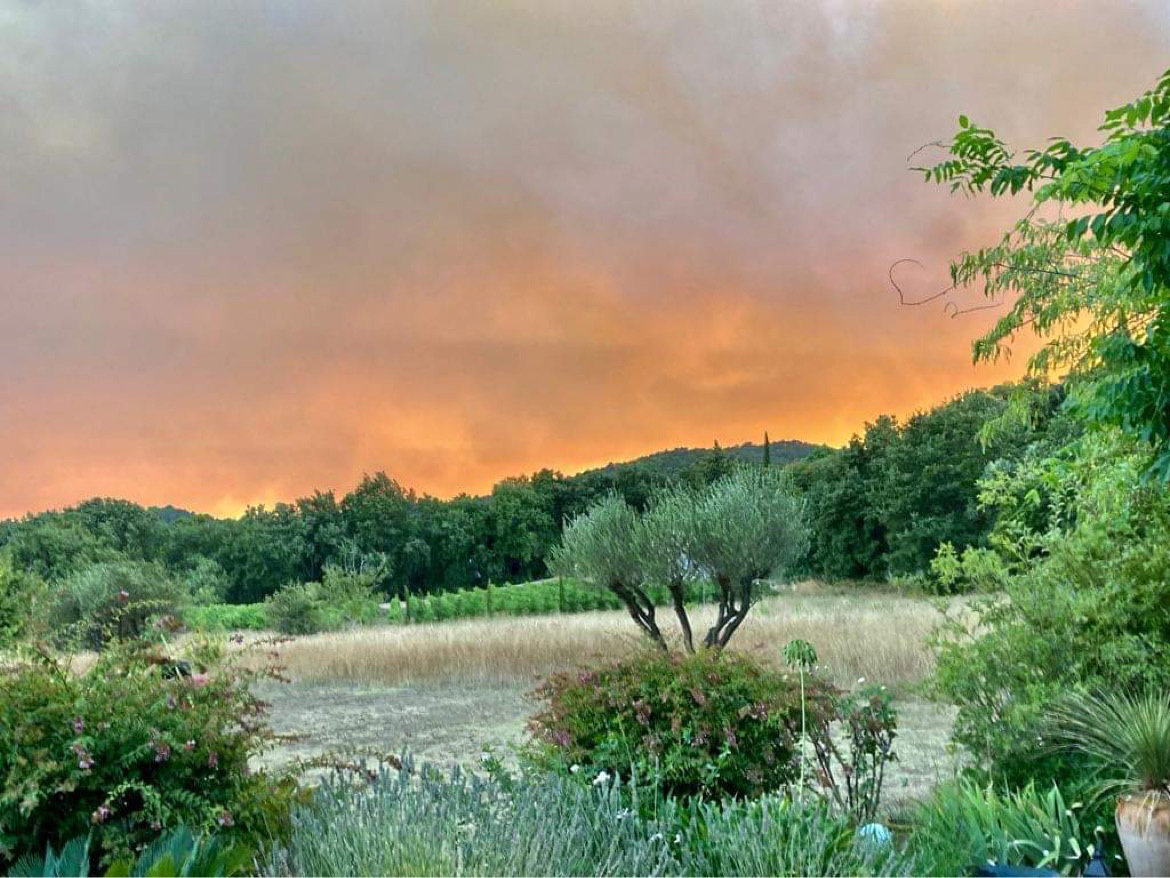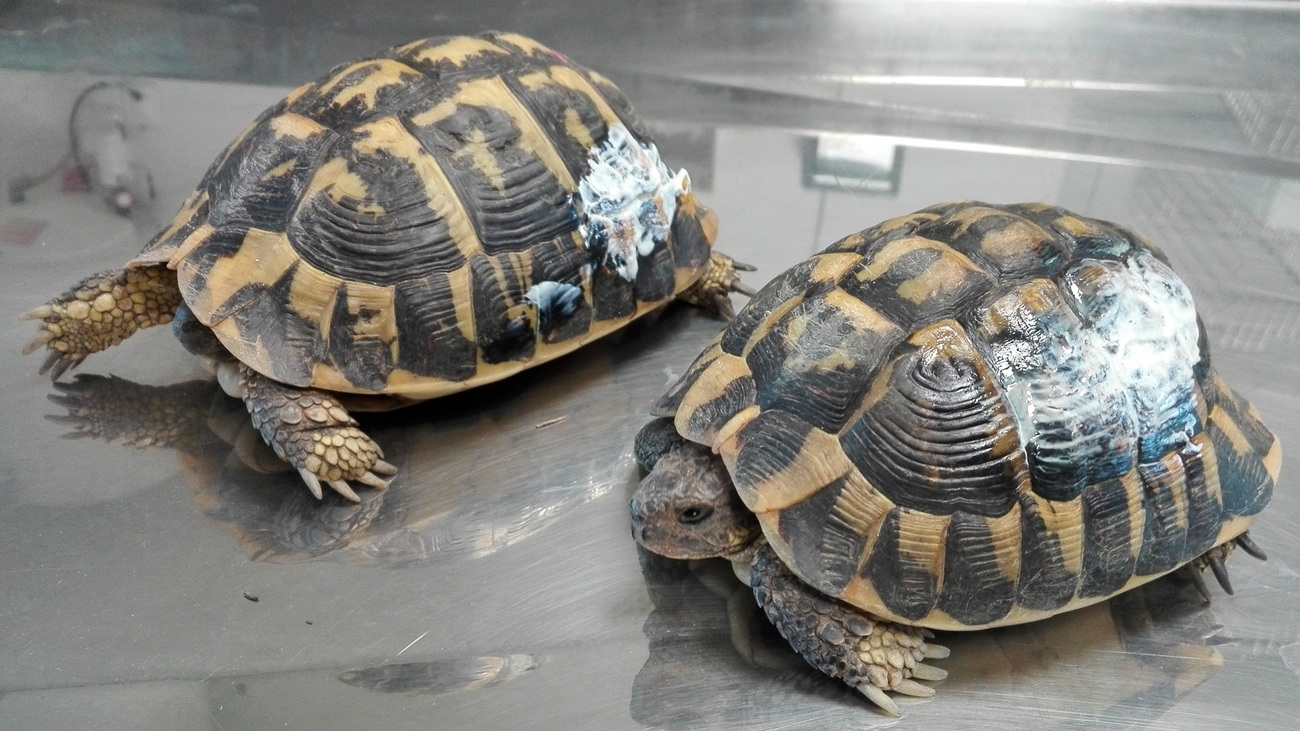Rescuing animals during disasters – Europe
save human lives by saving animals before, during and after disastersthe next disaster is coming soon. Are we prepared?
the next disaster is coming soon. Are we prepared?

Written by Céline Sissler-Bienvenu, Senior Program Officer – European Disaster Response & Reduction
When wildfires broke out last year in the southwest of France, Hermann’s tortoises were among the wildlife that tried to flee but the slow-moving reptiles simply couldn’t outrun the flames. Hundreds of members of the protected species perished. Europe funded the protection of Hermann’s tortoises for several years, but no one planned how to help them in the event of a wildfire, even though their habitat is prone to blazes.
Every disaster sparks a wave of aid and rescue of animals, followed by a lapse in interest until the next disaster hits. But what if we thought about animal rescue before disasters occurred?
As wildfires, floods and droughts hit Europe more frequently and furiously than ever before, it’s time to do a better job at incorporating animals into disaster plans. At IFAW, we know that preparedness could save more lives, both human and animal—and money, too.
Advanced planning can prevent wild animal populations from suffering destruction of their habitats and food sources, spreading diseases, and mass mortalities during and after disasters. It can also prevent animals that are injured or searching for food or shelter after extreme events from entering human-populated areas, endangering people through zoonotic disease transmission and contamination of drinking water.

Like wildlife, companion animals require better disaster preparedness. Having a plan in place to evacuate companion animals protects the many pet owners who refuse orders to evacuate without their animals, or re-enter dangerous disaster zones to care for their pets. The lives of owners and their pets are at risk from these behaviours, as are the lives of rescue workers, who also expend valuable time on dealing with the situation.
Individuals who own animals, particularly those who live in areas prone to disasters, often see the necessity of having a plan in place for emergencies. They are willing to take the essential precautions, which include writing down a preparedness plan, keeping proper pet identification on hand and preparing an emergency go-bag for their pets. But in Europe, we need to scale up from personal preparedness measures to functional systems across all layers of government.
Convincing authorities to add an animal rescue component to their existing crisis plans is no easy task. We understand the reluctance of governments to allocate resources to disaster planning, yet at the same time, we know it’s an investment that will save substantial money when the next disaster hits. Disasters are economic events, and like it or not, animals are crucial economic assets. One study of the aftermath of 2012 flooding in India showed that every dollar spent in early-stage intervention for animals secured US$96 of economic benefit in livestock production.
At IFAW, we want to raise awareness of how preparing for disasters can reduce risk for both animals and people. In the end, it comes down to a series of choices that either lead to negative consequences or prevent them. We recently published a report where we outline key measures that policymakers in Europe should take to set the stage for successful disaster response:
- Improve our knowledge of what needs must be met for animals in emergencies, along with our skills in responding to those needs.
- Allocate resources for managing animal welfare during humanitarian emergencies, both for EU member states and outside the EU.
- Improve how we communicate the need to protect animals that are highly dependent on humans, and also humans that depend on their animals.
- Clearly assign responsibility for animal welfare in emergencies.
- Integrate animal welfare into emergency management.
- Equip the farming sector and municipalities with emergency planners to improve disaster management.
To keep the need for disaster preparedness planning top-of-mind, IFAW has coined October as Disaster Preparedness Month in Europe, timed to International Disaster Risk Reduction Day on 13 October.
As disasters become frequent occurrences, with increasingly devastating impacts, we see a momentum building. People understand the need to consider animals now—not after it’s too late. Now is the time to plan for animals in disaster, so we can set ourselves up for successful rescue and recovery when the next one strikes. We need to set up operational tested systems before the disaster hits.
Related content
Our work can’t get done without you. Please give what you can to help animals thrive.